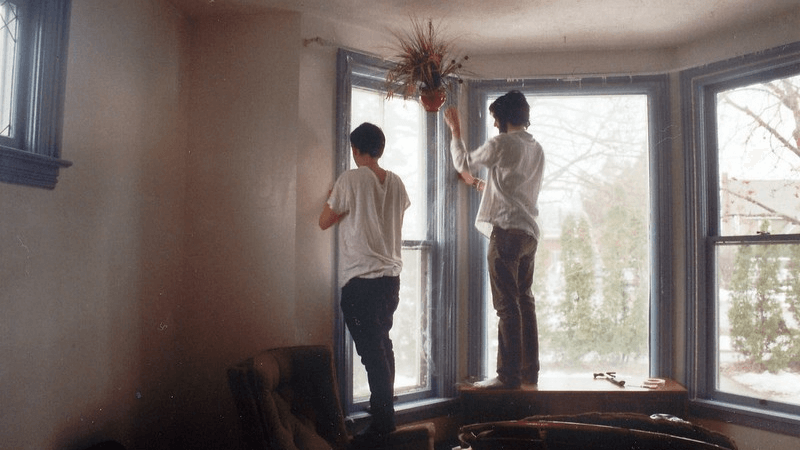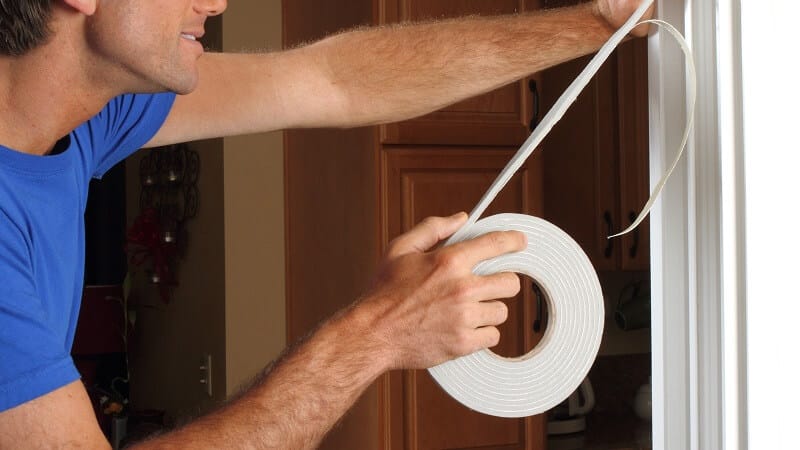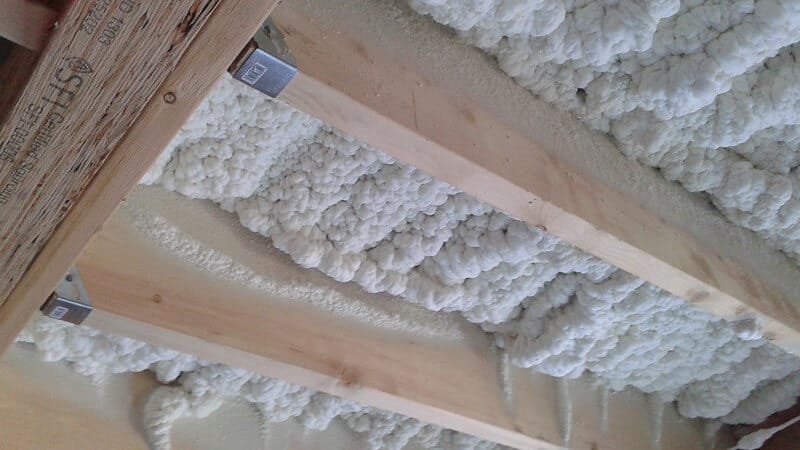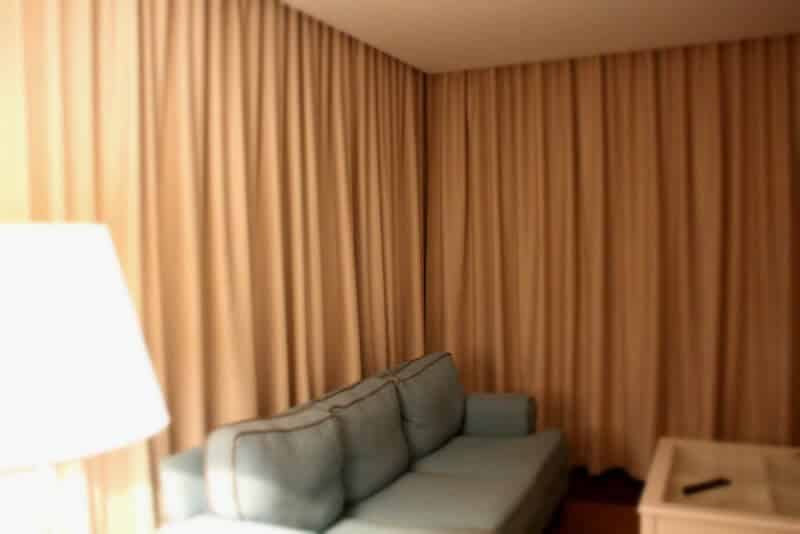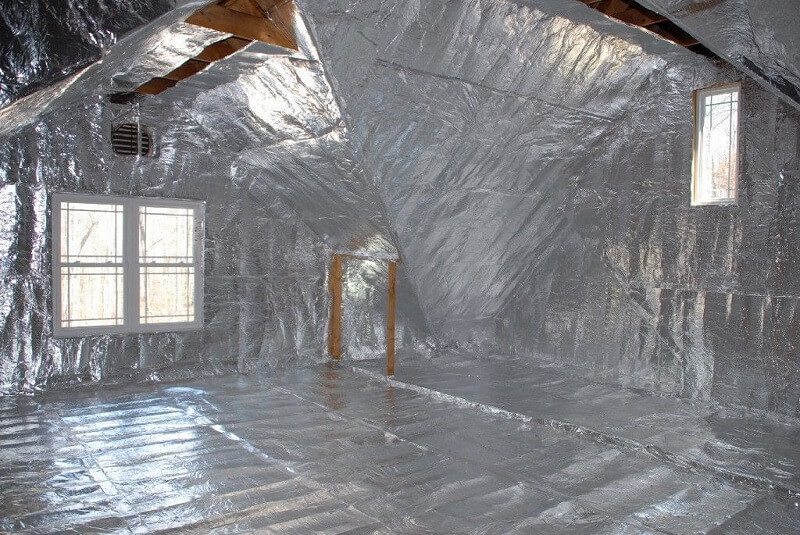Insulating your home is one of the important things you can do. Not only does it help your home retain heat during the winter period, but it also reduces the cost of heating and cooling your home.
There are many ways of insulating your home. These options range from simple and cheap DIY methods to complex tasks that require professionals. This post shows ten tips you can use to insulate your house cheaply.
1. Weatherstripping
Weatherstripping is sealing gaps or cracks around the door, windows, or walls. When done correctly, Weather-stripping can save you from a high energy bill and also make your home feel warmer. The good thing about Weather-stripping is that it is a very cheap method to try in your home and does not require a professional. You can use weatherstripping tape and work on sealing the gaps and cracks.
Apart from using weatherstripping tape on cracks and joints, you can also use a door draft stopper. A door draft stopper seals the huge gap between the floor and your door. Apart from insulating your home, a draft stopper also blocks sound and keeps insects and other small animals out.
The Suptikes Door Draft Stopper is a good and practical option that is easy to install. If you are on a tight budget and as a DIY project, you can make your draft stopper at home.
[snippet]How do you decide if you need insulation?
You can check out several signs to decide if you need insulation. Drafty places and other areas that leak out heat from your home should be a good reason to insulate and save money on high electricity bills that come with overworking the air conditioner or using portable heating sources like space heaters.
[/snippet]2. Cover the Floor
The general estimated heat loss through the floor is about 10 percent. Insulating the floor should stop heat from escaping. Two types of flooring are vastly used. These are suspended flooring and solid flooring. In solid flooring, the flooring is directly on the ground.
Suspended flooring is flooring that is raised off the ground. While the two types of flooring are generally different, all are estimated to lose around 10 percent heat when not insulated.
You can use both batt insulation or spray expanding foam insulation between the joists in suspended flooring. Batt insulation, also known as “Batt and Roll” or “Blanket” insulation, is one of the common and cheap ways of insulating walls, ceilings, attics, basements, and crawl spaces.
The materials can be manufactured from fiberglass, cotton, or stone wool. When correctly installed, batt insulation blocks without leaving gaps, stopping airflow and heat transfer.
In solid flooring, one of the cheapest ways of insulating the floor is by covering it with a carpet or rug.
[snippet]What kind of insulation should you use?
There are different kinds of insulation materials you can use. Each will depend on your budget and the insulated area, among other factors. They are classified into four main categories. These are loose-fill, batts, rigid insulation boards, and expanding sprays.
[/snippet]3. Thick Blackout Curtains
Windows are one of the ways a home loses heat. It is said that approximately 30 percent of heat loss in a building is through the windows. Windows also cause heat buildup in a room through the hot summer months. Hanging thick blackout curtains is one of the cheapest and easiest solutions for insulating a room. Blackout curtains are also called thermal drapes, and it’s for a good reason.
Thermal curtains consist of several layers of material that give the curtains thermal resistance, known as the R-value. They usually consist of two, three, or even four layers. Contrary to popular belief, thermal/blackout curtains are not black and can come in various colors that can blend with your home design.
For thermal curtains to work effectively, they must be properly installed. The space created between the window and the curtains is the one that reduces air infiltration and the transfer of heat. The more air-tight space is, the better they minimize heat transfer.
Blackout curtains can work both in summer and winter. In summer, blackout curtains help reduce heat gain in a room through the windows. In winter, blackout curtains prevent the loss of heat through the windows. The NICETOWN Microfiber Noise Reducing Thermal Insulated curtains are a great choice you can use. You can also try the NICETOWN Thermal Insulated Blackout Liner, which can be used with your existing window treatments, and they will also protect your curtains from fading out.
4. Plug Your Chimney when not in Use
In a study on the effects of an open chimney in a house, it was found that a home’s heat consumption increased by 30 percent when the fireplace was left open. If your chimney is merely decoration or you are not using it frequently, then you should consider blocking the chimney hole to prevent heat loss.
A chimney balloon is one of the ways you can block a chimney. The balloon is made from a special laminate material and is relatively cheap. The balloon is placed inside the chimney and inflated until it blocks the hole. This prevents the escaping of heat and incoming cold air from going down the chimney.
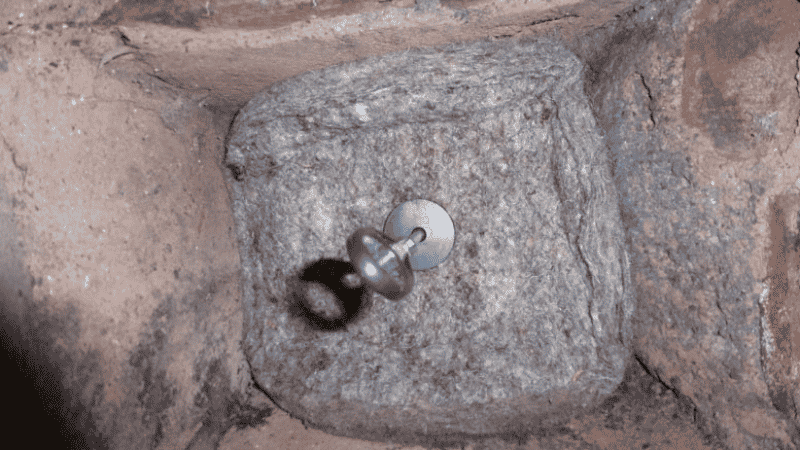
Apart from a chimney balloon, There are also woolen insulators known as “chimney sheep.” You can also try old pillows and stuff them in the chimney hole. Make sure to remove anything you put in the chimney hole before starting any fires. Learn how to stop cold air from coming down the chimney.
5. Spray Foam insulation
Spray foam insulation is one of the versatile and best materials to use when insulating your home. The properties of spray foam make it effective in tackling most home areas. Spray foam insulation can be easily used under the roof and floor or between the walls.
There are two types of spray foam insulation – Open-cell and closed-cell. Open-cell is much cheaper and denser than closed-cell spray foam insulation. However, closed-cell spray foam has one of the highest R-values of any insulation.
[snippet]Where do you install insulation?
Where you install insulation will vary from one house to another. Note the areas in your home that allow the loss of heat. Areas such as the attics are a great place to start. Walls, windows, doors, and the floor should also be properly insulated.
[/snippet]6. Reflect Heat in Your Attic
Most of the heat in your home escapes into the attic. Insulating the attic with foam is a good way to prevent heat from escaping from the house. However, the heat in the attic is not doing any good for you.
You can use a reflective material like foil or radiant barriers to reflect the heat. Staple the foil sheets on the rafters. This will help reflect the heat down and lower your heating costs.
7. Close the Doors & Unused Rooms
Closing the doors in your home helps trap heat in the home, which keeps it warm for a more extended period. Closing the door also helps lower your heating bills by making it easier to heat the house. Shutting the doors of unused rooms also helps prevent cold air from moving around to the rest of the house. The heat generated in a smaller area is contained there.
[snippet]Are there green insulation product alternatives?
Yes. If you are a homeowner who would like to decrease the carbon footprint but also insulate your home effectively, there are alternatives you can use. These consist of natural materials to recycled product options. These include cellulose fiber, rigid cork, denim, fiberglass, mineral wool, cotton, homasote fiberboards, Polyisocyanurate, mycelium, and wool.
[/snippet]8. DIY Window Double Glazing
Even after sealing the cracks and small openings around the windows, they might lose heat. Double glazing is one of the best options for insulating windows. However, it can be an expensive method if you are operating on a tight budget. This is why I would recommend trying a window DIY double glazing.

Using plastic sheeting and a hairdryer, you can add another layer to your window that will act as an insulating layer. Place the plastic sheeting on the window and use the hairdryer to tighten it to the window. This is a very easy and cheap way to seal the windows in the cold months. Below is a video with an easy practical way of doing it.
9. Insulate Your Water Heater
The water heater tank is where hot water is stored after being heated by the boiler. If it is not properly insulated, it loses heat quicker; thus, the boiler uses more energy to reheat the water. Modern water heater tanks have proper insulation; however, older tanks might benefit from an insulation jacket.

The pipes that run between the cylinder and the boiler can also lose a lot of heat if not adequately insulated. You can cover the pipes with some insulation material. Insulating the pipes should also help prevent freezing in the winter times.
[snippet]How do you tell if your house is well insulated?
Unless you have added extra insulation to your house, the chances are that your home may not have enough insulation. To tell if your home is properly insulated, check for fluctuating temperatures, high energy bills, cold rooms, cold walls, floors or ceilings, chilly drafts, frozen pipes, ice dams on your roof, and water leaks in the attic, among many other factors.
[/snippet]Happy Insulating Your House
There are many ways you can go about insulating a home. Though most of them are expensive and mostly done by professionals, you can try DIY methods that are cheap to do in your home. Do you know of any cheap insulation alternatives? Share your ideas with us in the comments.

